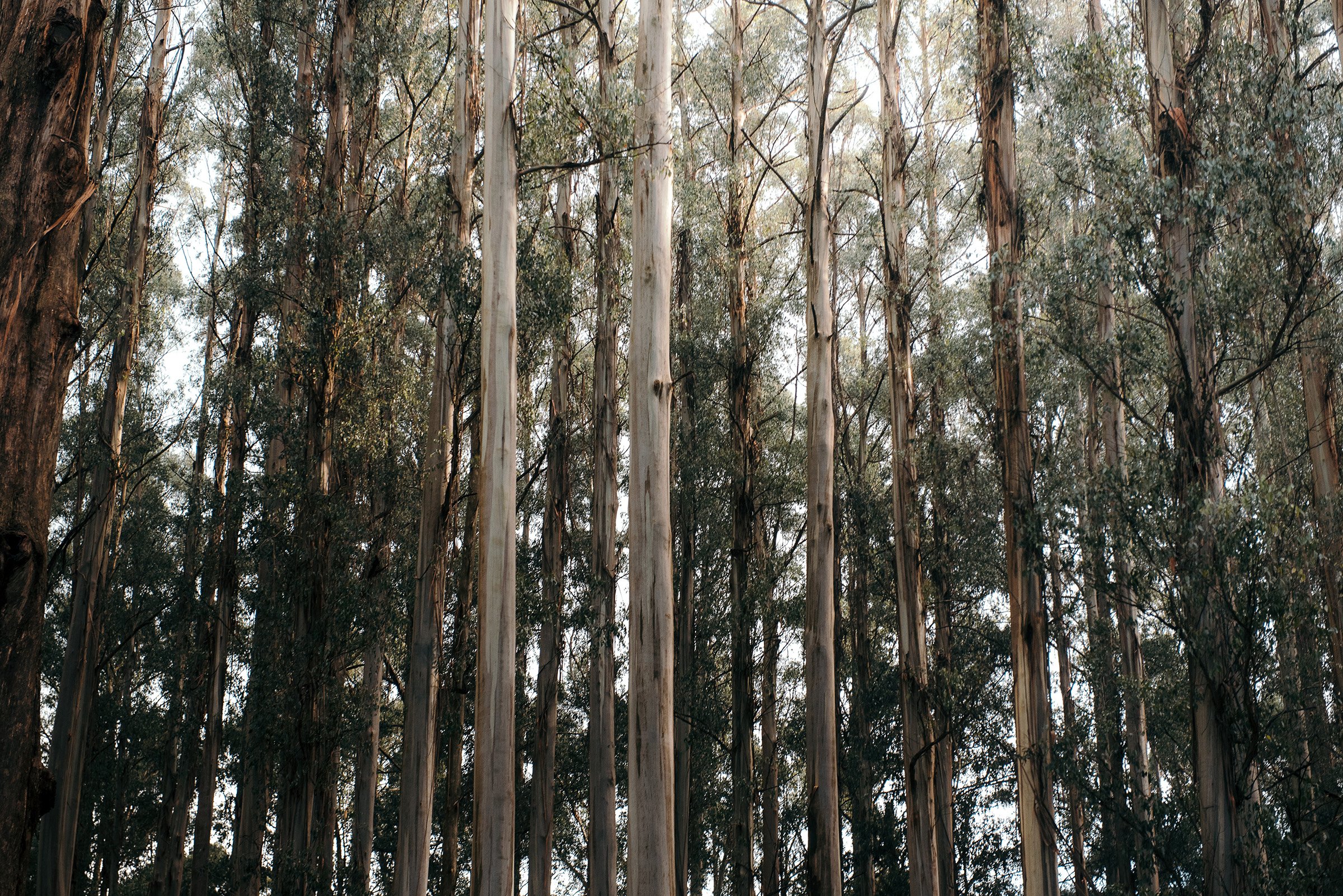The number one thing regional communities should do to prepare for bushfire season
When it comes to disaster recovery, it’s universally acknowledged that a community-led response is the best one. However, if the money and resources that are going to drive that response are going to come from sources outside of the community (eg: Government, Red Cross), thought needs to be given to creating mechanisms to accept and distribute that money and resource. This is where Australia’s regional communities can learn a thing or two about what Mallacoota has lived through over the past 9 months.
Since holidaying there as a child, Mallacoota has held a special place in my heart. So, like many of us, as I watched news bulletins of the devastation the fires had caused and continued to cause, I was emotional and truly felt for the community. In those few days following the fires, that emotion led me to donate to a range of bushfire related causes. Celeste Barber’s RFS appeal got some. The equivalent appeal for the Victorian CFA got some. The Red Cross got some. A friend who was helping build fences in Corryong got a bit. I was emotional and was distributing my money helter-skelter. Again, like many of us, when donating that money, the thought “I wonder how much of that money will actually get through to the people affected?”, was also ever-present.
On the evening of February 10, the Mallacoota community gathered in an official capacity for the first time since the fires to discuss the creation of a Recovery Association. I was fortunate enough to be a fly on the wall at that meeting in the Mallacoota Golf Club. In listening to the various speakers, there was one key objective of setting up the Recovery Association that struck me more than any, that being the setting up of a bank account into which donors could deposit money to assist the community’s recovery. Individuals and businesses throughout the community had fielded calls from people wanting to donate to the community’s recovery, but clearly, to deposit money designated for the community as a whole into an individual’s account was not appropriate. There needed to be a central point for the money to be received, and equally, an organisation to distribute to initiatives that the community agreed upon.
After getting things underway that night, more than five weeks on from the fires themselves, it took the Mallacoota and District Recovery Association (MADRA) until June to elect their Management Committee. Needless to say, as much as our collective hearts went out to Mallacoota in the days following the fire, we’ve had a few other things on our plate since, so their ability to tug at our heartstrings for funds now is not what it was in those few days after the fires had hit.
As another summer of predicted record temperatures approaches, the learning for Australia’s regional communities is clear. Set up a local “Resilience” Association now. Do it in a way that allows it to quickly transform into a Disaster Recovery Association when the moment comes. In setting up that Resilience Association, thought should be given to things such as:
What the Association will and will not fund (eg: private property clearance, but not rebuilding)
The assets of the community that, if affected, will be prioritised for repair or redevelopment,
A prioritised list of those assets and the likely costs associated with their rebuild
In going through that process of asset identification and prioritisation, thought may also be put to the values (or soft assets) that the community hold dear to them, and how they can be repaired and nurtured in the aftermath of natural disaster. This is where, should place branding be in your community’s current set of considerations; the two exercises could feed into one another.
For the moment though, with summer on the horizon, the regional communities of Australia would do well to set up a community Resilience Association and accompanying bank account. With that done, should the moment come, when us bleeding hearts are watching the live cross on the morning news from ground zero, we’ll be presented with bank account details that will ensure funds go directly to what the community has deemed is most important to them and their recovery.
Postscript: I’m currently part of a team implementing this initiative with a community in Regional Victoria. I’ll be sure to share observations and learnings from that process as they come to hand, so stay tuned if the idea above has rung any bells.

